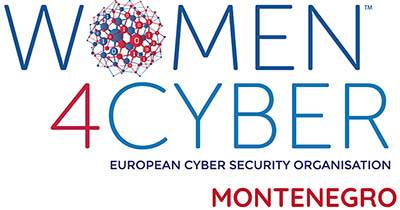When talking about small business development, the focus is usually on team growth, higher revenues, new markets, and clients. Rarely do we consider things that aren’t immediately visible—such as cybersecurity, data protection, or security procedures. Yet in today’s digital business landscape, it’s often these “invisible” elements that determine a company’s survival. Small and medium-sized enterprises (SMEs), though they may believe they are not attractive targets, are in fact increasingly targeted by cyberattacks—precisely because they lack the resources to protect themselves adequately.
That’s why it’s essential to educate small businesses on the basics of cybersecurity and show them that it’s possible to build an effective security framework even with limited resources. One of the most modern and pragmatic approaches in this context is the so-called Zero Trust model. Zero Trust is based on a simple principle: never trust, always verify. No one is trusted automatically—not even inside the network. Every access request must be authenticated, monitored, and limited. This means that instead of relying on traditional network boundaries, strict control is applied over who, how, and when someone accesses information and resources.
The good news for small companies is that Zero Trust isn’t a product you have to buy—it’s a mindset you can adopt gradually using tools that are already available. The first step can be implementing two-factor authentication (2FA) on all services that support it—free and fast. Next, apply the principle of least privilege—each employee should only have access to the data they need to do their daily tasks. Data should be segmented—finance, clients, administration—so that if a breach does occur, it doesn’t compromise everything at once.
Using password managers like Bitwarden or 1Password helps ensure strong passwords and secure sharing among team members. Also, all devices accessing business systems—including phones—should have basic security measures like passcodes, updated software, and remote wipe capabilities in case of theft or loss. Even monitoring doesn’t have to be expensive—most cloud services like Google Workspace and Microsoft 365 offer basic reports on access and activity.
Ignoring these issues can lead to serious consequences. One click on a phishing email can result in data loss, operational downtime, or even legal repercussions—especially in the context of data protection laws like GDPR. Clients increasingly ask how their data is being stored, and partners and investors want to know they’re working with companies that maintain basic digital hygiene.
Zero Trust isn’t something you implement in a day, but it’s also not reserved for large enterprises with million-dollar budgets. Small businesses that take these matters seriously not only protect their operations but also build a reputation as trustworthy and responsible partners. Cybersecurity is no longer an “extra cost”—it’s the foundation of healthy business operations. That’s why it’s better to start today with small, concrete steps than to pay a high price tomorrow.
Small businesses today are digital businesses—and their resilience depends on how seriously they take the security of their data, clients, and teams.












